The search for a new set of wheels can be overwhelming. With thousands of used-car search results at your disposal, all with their own history, it’s takes some work to make sure “the one” isn’t a lemon disguised as lemonade. This used car checklist helps you find and inspect your next car so you’ll feel good about the purchase for a long time.
1) Narrow your search
Most people go into the process with an idea of what they’re looking for, so start there. You’ll get plenty of results near and far to determine the ones worth investigating.
Set a budget and be sure to include registration and insurance fees in the total amount.
When searching, set your dollar amount and use the correct terms so you get the best results, such as…
- Midsize
- Compact
- 2-door
- Convertible
- SUV
- Pickup
A few notable websites to start your search include the following:
- autotrader.com
- edmunds.com
- kbb.com (Kelly Blue Book)
- cars.com
Check local listings on social media, too, or post a “Wanted” ad. Sometimes putting the word out can lead you right to the vehicle you want.
Do you prefer working with a private seller or a dealership? Both have their benefits. Private sellers know more about the vehicle’s history and can provide more detail. Dealerships see inventory come and go and have plenty of selection. It’s worth checking out both to see what’s out there.
2) Research the vehicle’s history
So, you’ve found a ride in which you can see yourself cruising for the foreseeable future. Now it’s time to do your homework and learn more about the vehicle’s reputation and whether it’s a good buy.
Consumer Reports offers a great car-reliability resource that gives you the info you need to make an informed decision.
Many modern vehicles now have a Carfax report available, which is great if it’s been properly maintained. However, to show up on the report, maintenance or repairs must have been completed at a participating shop in the Carfax network.
For vehicles without this feature, ask the seller if there are receipts available to reflect any work that’s been done. Many owners are diligent about keeping these items on hand for when it comes time to sell.
3) Inspect the vehicle
Once your research is complete and you’ve deemed a vehicle worthy of further consideration, schedule a viewing. Now is your chance to see its condition firsthand and conduct your own inspection using the following used car checklist.
Used-car checklist
Check body condition
Check panels, roof, fenders and door lines for scratches, dents or uneven lines that may reveal prior body work. Such signs can indicate the vehicle was in an accident.
Look at the windshield
Make sure the glass isn’t cracked or nicked. A good seller will take care of this before putting it on the market. If not, the asking price should reflect the cost of repair.
Inspect the tires
Look for signs of uneven wear, which can indicate poor alignment. Are all four times the same brand? It’s never a good idea to mix and match tires.
Look out for excessive rust
Look for rust patches in the wheel wells, behind the wheels and on the bottoms of the doors. Get down on your hands and knees and check the frame, suspension components, brakes lines and other under-vehicle parts. Sometimes a vehicle may look solid walking around it, but rust underneath reveals big problems.
Pop the hood and check the fluids
Take a look under the hood. Is it relatively clean and neat? Or is it dirty, unkept and indicative of someone who rarely checks the oil or hasn’t changed the air filter in years?
Look for signs of fluid leaks. Pull the dipstick and check the oil condition. Excessive deposits on the dipstick and dirty oil can be signs of poor maintenance.
Find out what motor oil color means and how it can reflect engine condition.
The same holds for the transmission fluid if the vehicle has a dipstick. Look for red or pink fluid, not black fluid that smells burned.
Remove the radiator cap and look for signs of sludge or slime in the radiator. If you see any, walk away.
Check the level and condition of the brake fluid and power steering fluid, too. All reservoirs should be full and fluids should appear clean and maintained. If not, it’s a sure sign the owner hasn’t been performing proper maintenance.
Check the hoses and serpentine belt for cracks and signs of wear.
Ask to see the maintenance records
See what work has been done on the vehicle and whether it’s had regular oil and fluid changes. Bonus points if AMSOIL has already been installed; if so, chances are the previous owner had performance and protection in mind for the duration.
4) Take it for a test drive
If you’ve made it this far, a test drive is the next item on your used car checklist.
Upon starting the vehicle, let the engine idle as you listen for any unusual noise. Are the lights, turn signals and hazards in working order? Turn on the heater and air conditioner to see if they function correctly and look for warning or check-engine lights on the display.
Let the rubber meet the road in both stop-and-go traffic and on the highway. Doing so will allow you to gauge performance and handling in both scenarios. See if the vehicle accelerates quickly and shifts smoothly without hesitation. If not, the engine or transmission may not be mechanically sound.
Pay attention to the vehicle’s blind spots. Some are worse than others and may warrant a deal-breaker if deemed too unsafe or hazardous for your driving habits.
How do the brakes feel and sound when applied? Are they spongy, soft or noisy? If so, a brake job is likely in the not-too-distant future. Keep this in mind if you decide to make an offer.
How does the vehicle handle bumps and potholes? Does the steering wheel pull to one side? Any rattling, shaking or pulling may be indicative of alignment or suspension problems.
5) Check the vehicle’s title
If you’ve inspected everything on your used car checklist and feel a solid connection to the car, this may be your next vehicle.
Make sure the title is clear and not on lien or salvaged before finalizing. A title with a lien means more legwork to get everything correctly transferred, but ensure it’s done right so you don’t find yourself on the hook for anything the previous owner owes.
A salvaged title means the car has suffered an accident or act of nature, and the insurer deemed it a total loss. Avoid salvaged vehicles no matter how great they may seem.
If everything checks out, it’s time to sign the paperwork and head to the DMV to have it registered to its new owner. Be ready with your finance paperwork or checkbook to close the deal, then make sure your insurance is updated.
From there, the only thing left to do is get to know your new ride by scheduling a road trip.


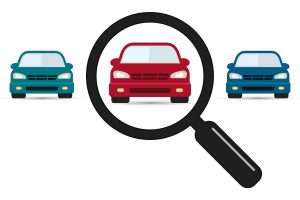



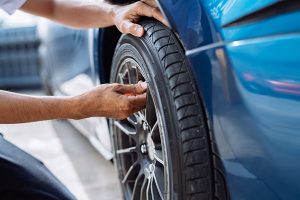
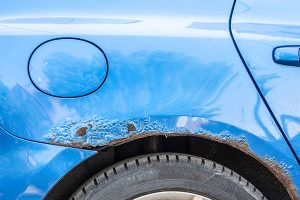
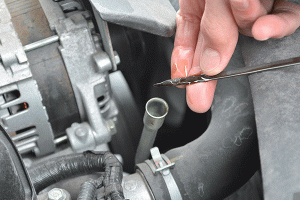


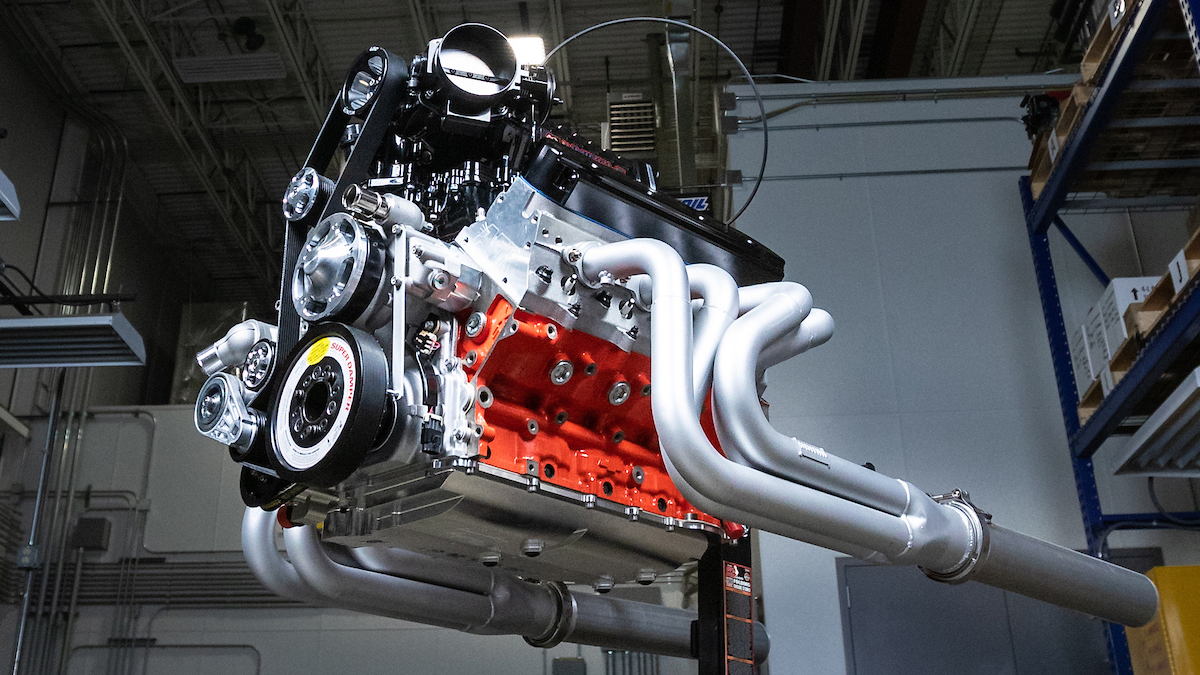

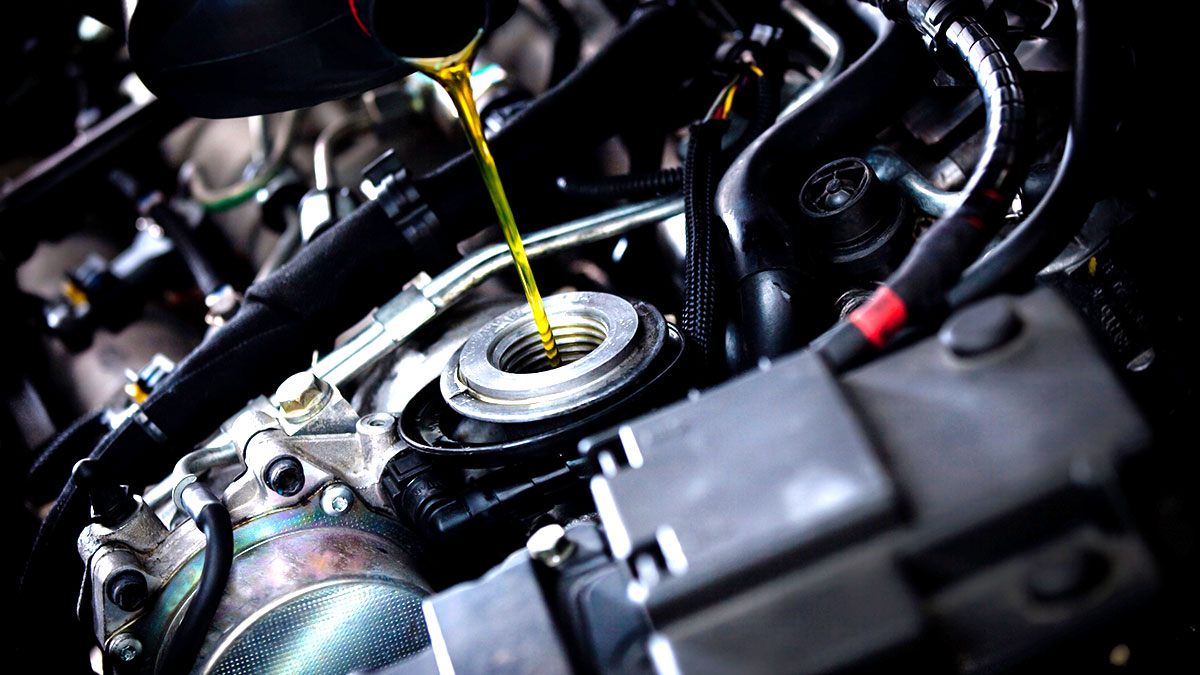
Comments
Share: